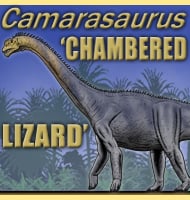Alcione
In Depth Alcione is a genus of small nyctosaurid pterosaur that lived in North Africa during the late Cretaceous. Alcione is noted for having very short wings, something that could aid either flapping flight, or perhaps streamlining for use after entering water. This feature combined with the knowledge of the Alcione fossils coming from a … Read more
